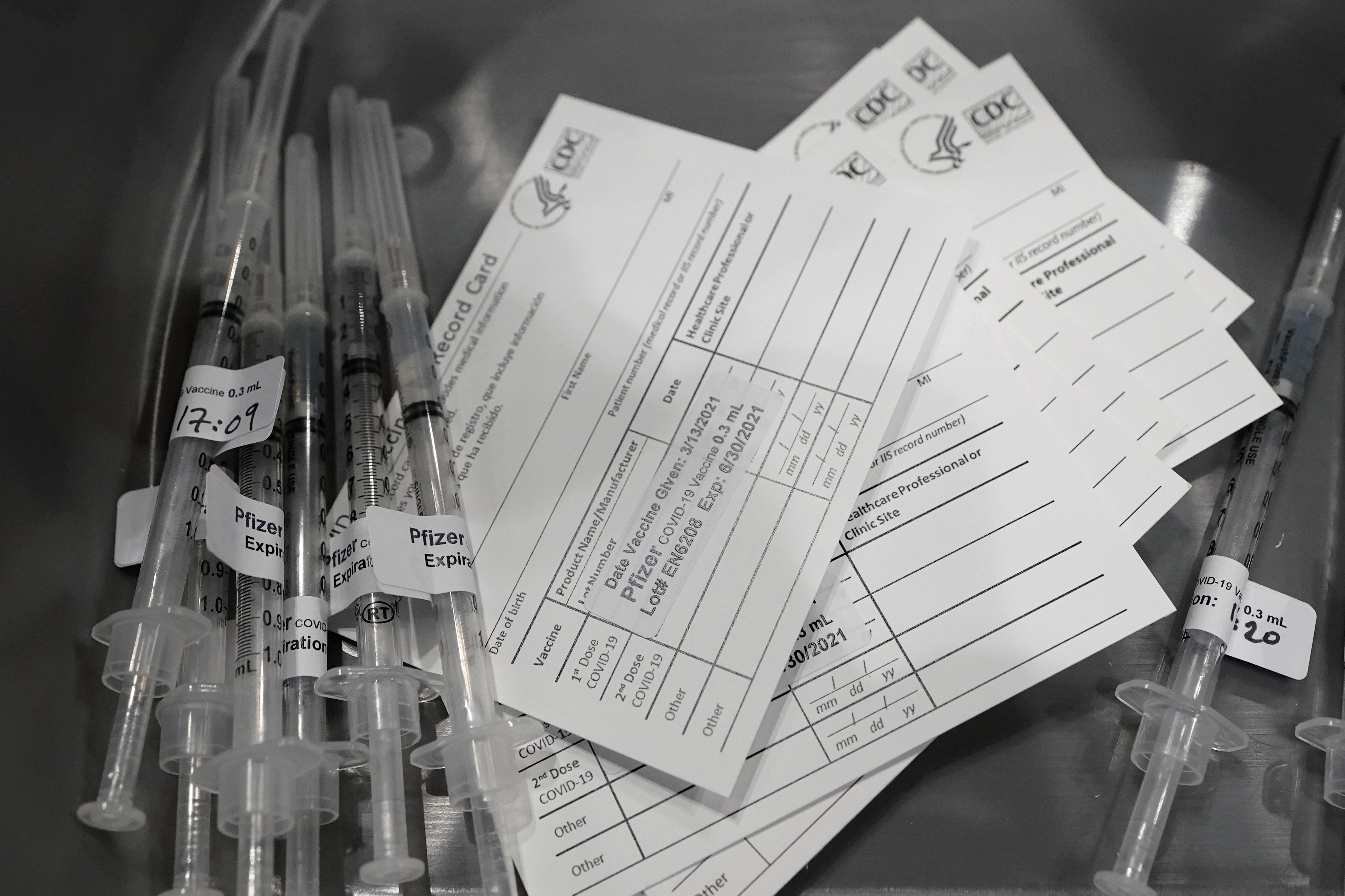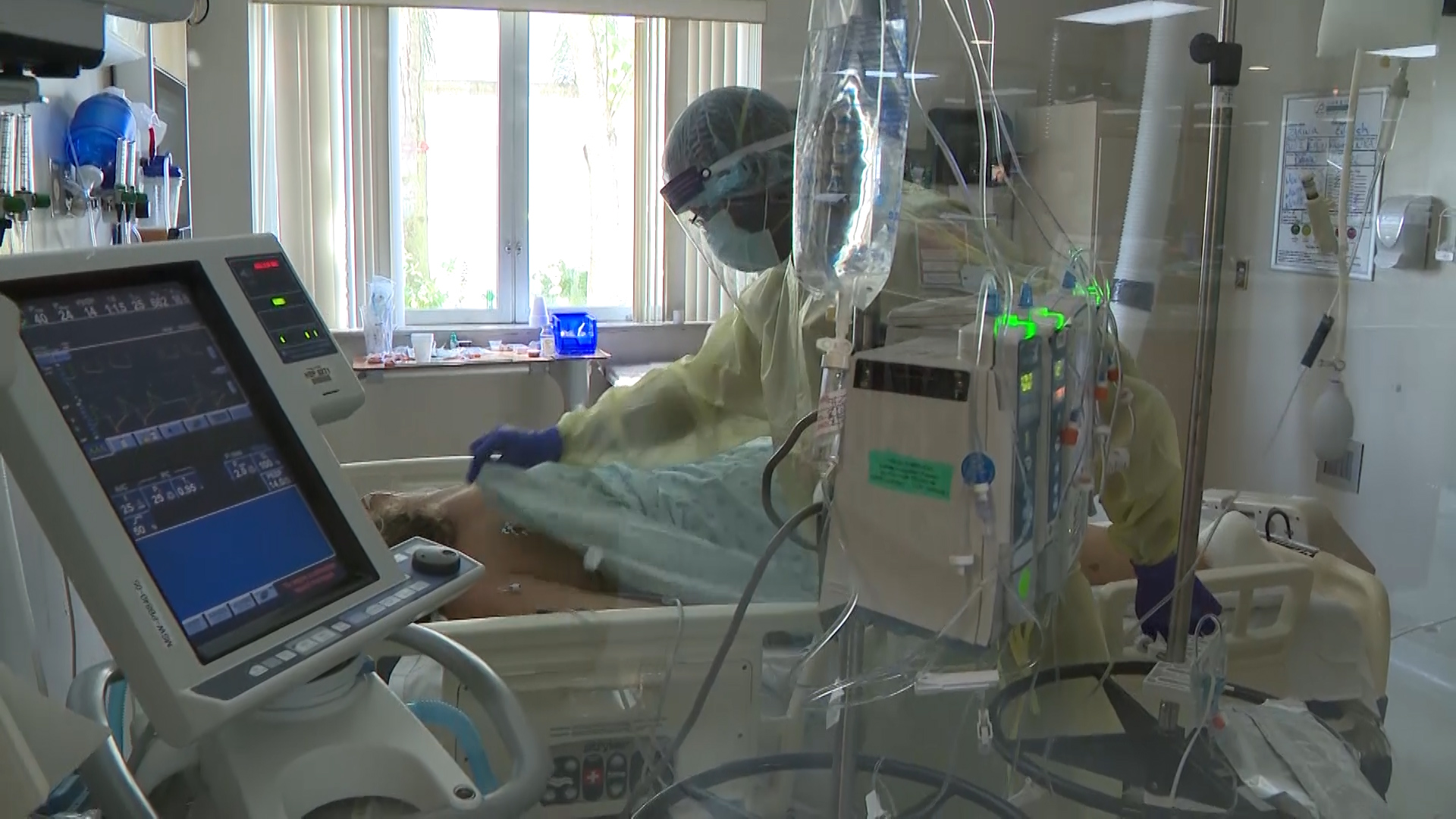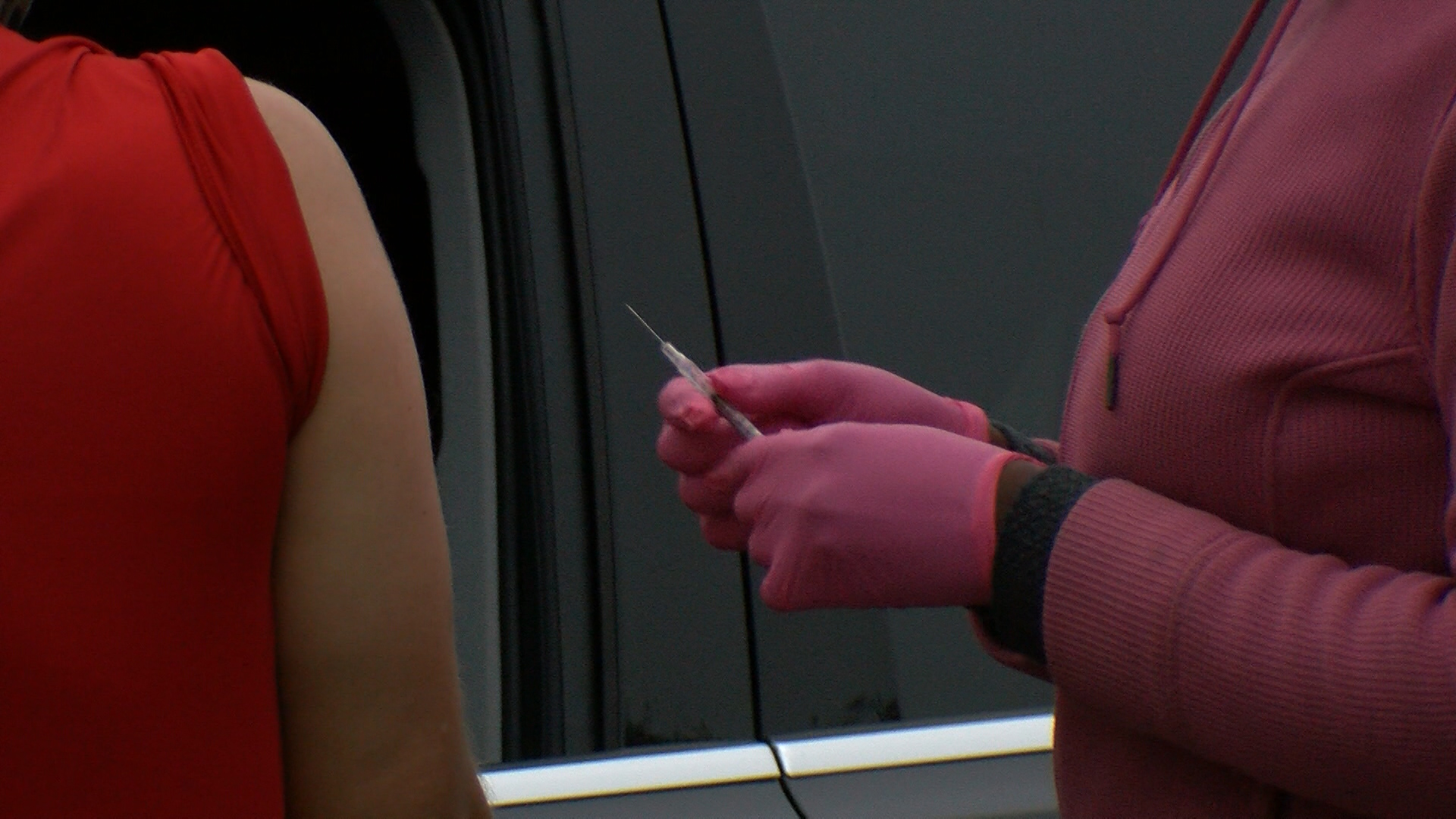TAMPA, Fla. (WFLA) — With Florida on track to reach a million coronavirus cases in the coming days, it will become the third state in the U.S. to hit the grim milestone.
The Florida Department of Health reported 6,331 more cases Monday, with total fatalities topping 18,000. The statewide positivity rate, the measure of how many tests come back with positive results, was a hair shy of 7 percent as of Monday.
According to the state’s Agency for Health Care Administration, 26 percent of Florida hospital beds are available. But some small counties, like Hardee, are already at capacity.
A wave of new coronavirus restrictions is sweeping the nation as it grapples with growing infections. But Florida remains an exception, with Gov. Ron DeSantis committed to keeping the state open.
A 3 percent positivity rate in New York City, half of Florida’s rate, prompted public schools to close last week. Bars, restaurants, and gyms also now face a newly-instated 10 p.m. curfew. Based on state guidelines, a 4 percent positivity rate could trigger a near-total lockdown akin to what many there faced in April.
California leads the nation in infections and has also reinstated what leaders call a “limited lockdown” across much of the state that faces a 5.5 positivity rate. Los Angeles County, with a 6.1 positivity rate, will ban in-person dining starting this week.
While new restrictions elsewhere have been received with some protest, others worry that Florida practicing business-as-usual could create a false sense of security about the virus’s prevalence.
“The ship is headed for the rocks and it doesn’t appear that the captain is interested in taking the helm,” said Dr. Tom Unnasch, an infectious disease expert at the University of South Florida.
Gov. DeSantis has called protecting vulnerable nursing home residents and the economy his priorities, citing an improving unemployment rate for why he won’t order lockdowns.
But Dr. Unnasch says he is concerned by the state’s inaction. Projections from USF show that if no change in behavior is made, Florida could top 200,000 new infections a day come early January.
When asked who is in the wrong, states with stricter protocols or Florida with its laissez-faire approach, Unnasch says the numbers point to Florida.
“I hope I’m wrong,” he said.
Unnasch’s calculations show it won’t take drastic measures to slow the spread to a manageable level. He believes a slight scale back, similar to Florida’s “phase two” of reopening that included reduced capacity or hours at restaurants and bars, could do the trick.
“Not being able to get a drink at your favorite pub after 10 for six months, I think is worthwhile to do if it saves a large number of lives,” he explained.
When Florida reopened in September, part of the order barred local governments from adopting and enforcing restrictions they saw fit. A group of Florida mayors, including St. Petersburg Mayor Rick Kriseman, are now lobbying the governor to rescind that, or in the very least, adopt a statewide mask mandate.
LATEST ON THE CORONAVIRUS PANDEMIC:
- Going against FDA, Florida Surgeon General discourages use of mRNA COVID vaccines
- Lakeland Regional Health sees COVID-19 and flu cases double over the holidays
- Cruise passengers win class action lawsuit against Carnival after deadly COVID outbreak
- Say goodbye to the COVID vaccine card: The CDC has stopped printing them
- COVID conspiracies return in force, just in time for 2024










